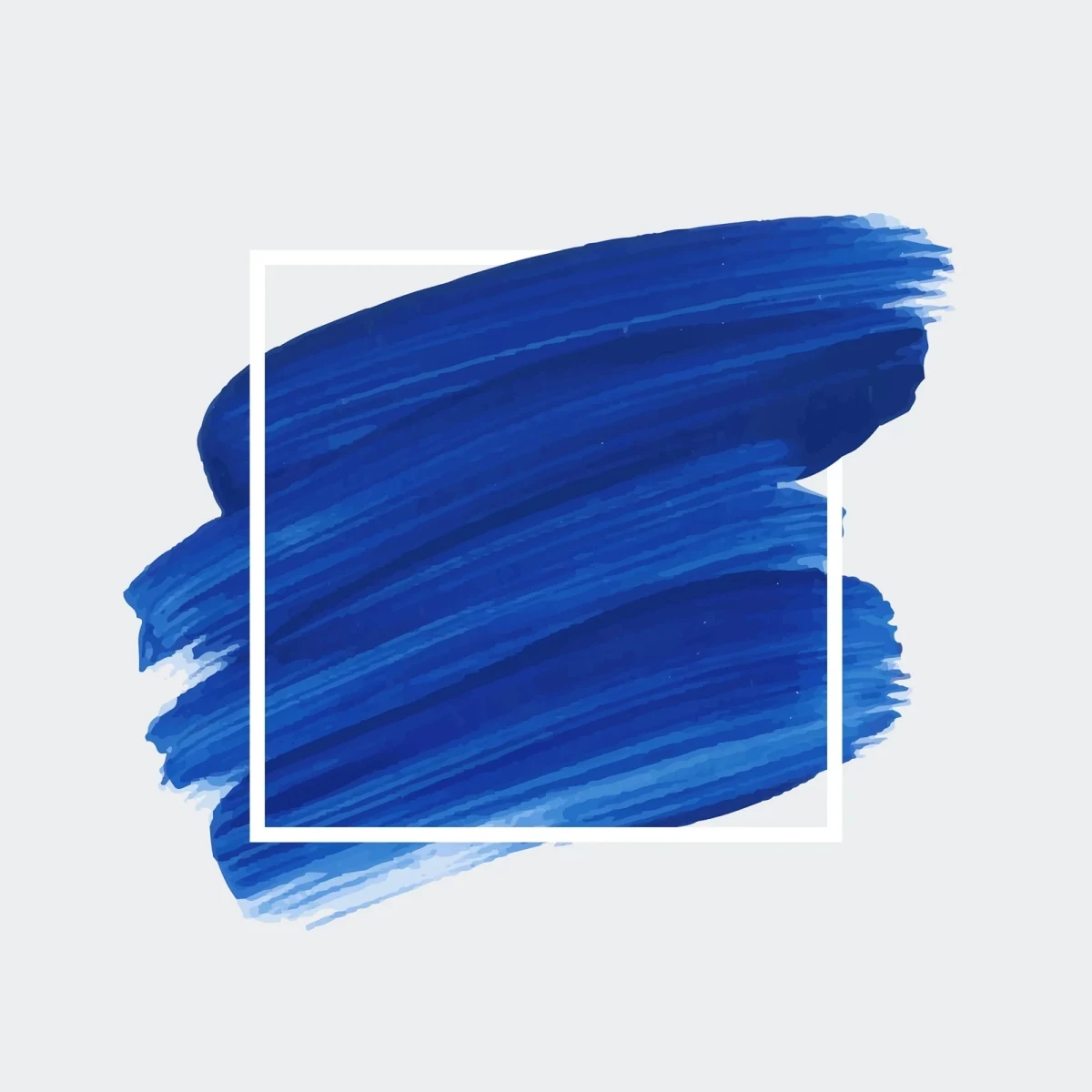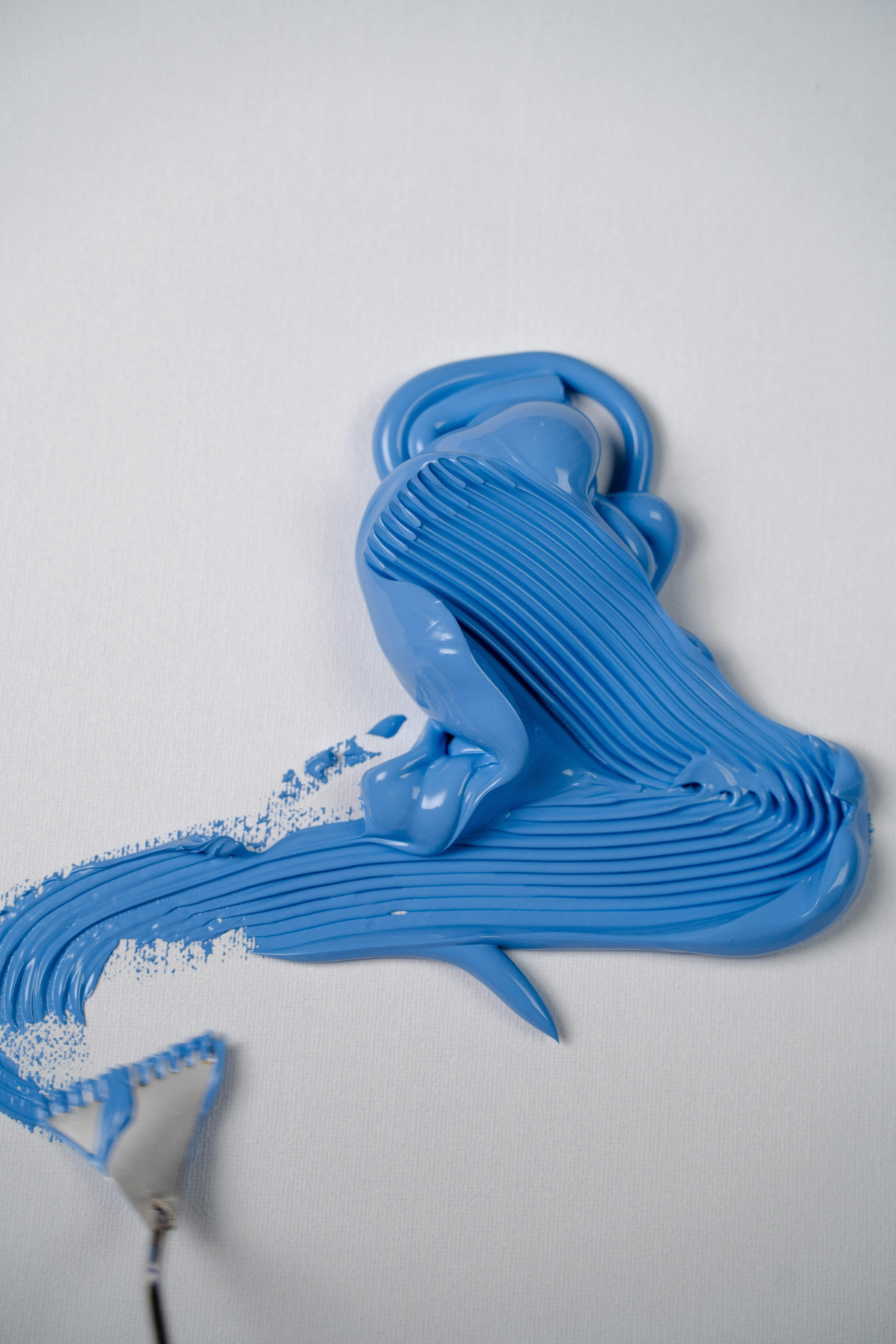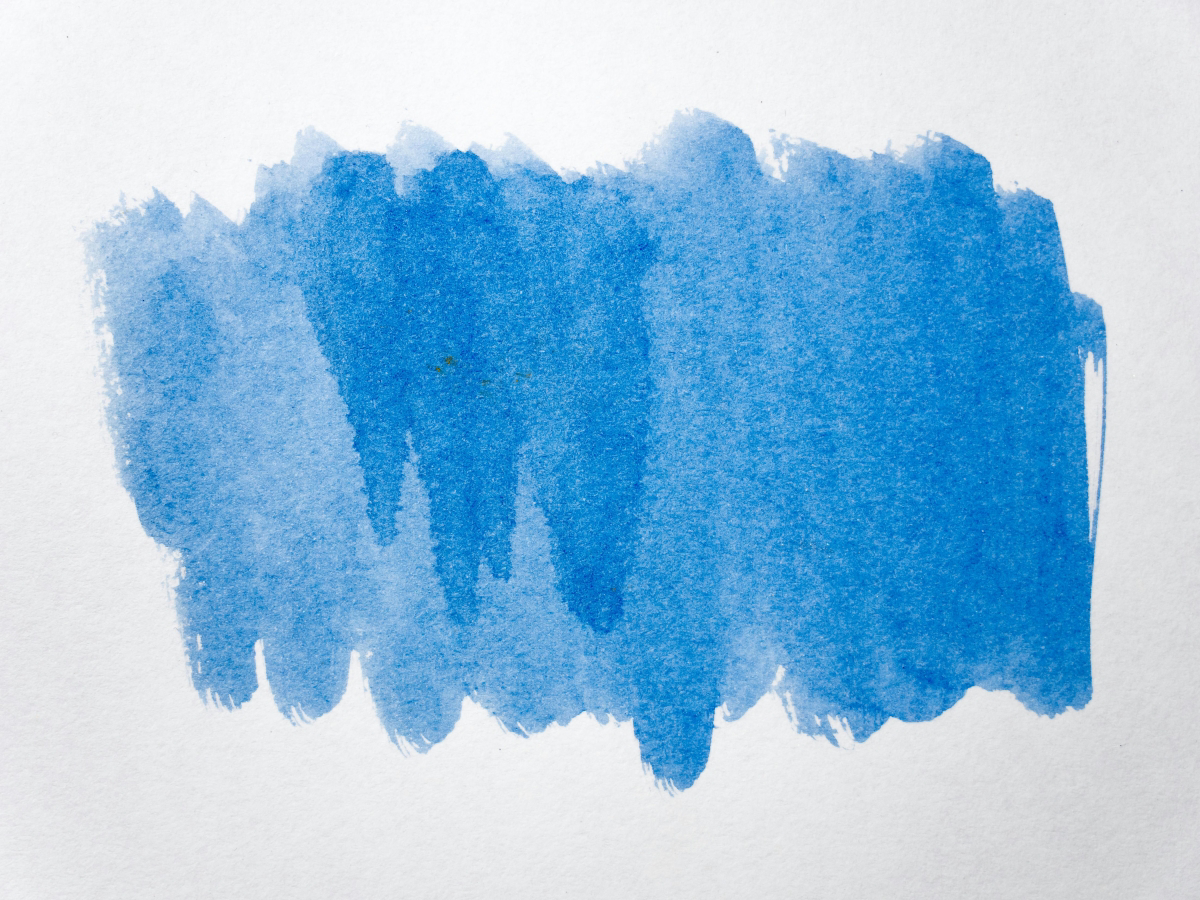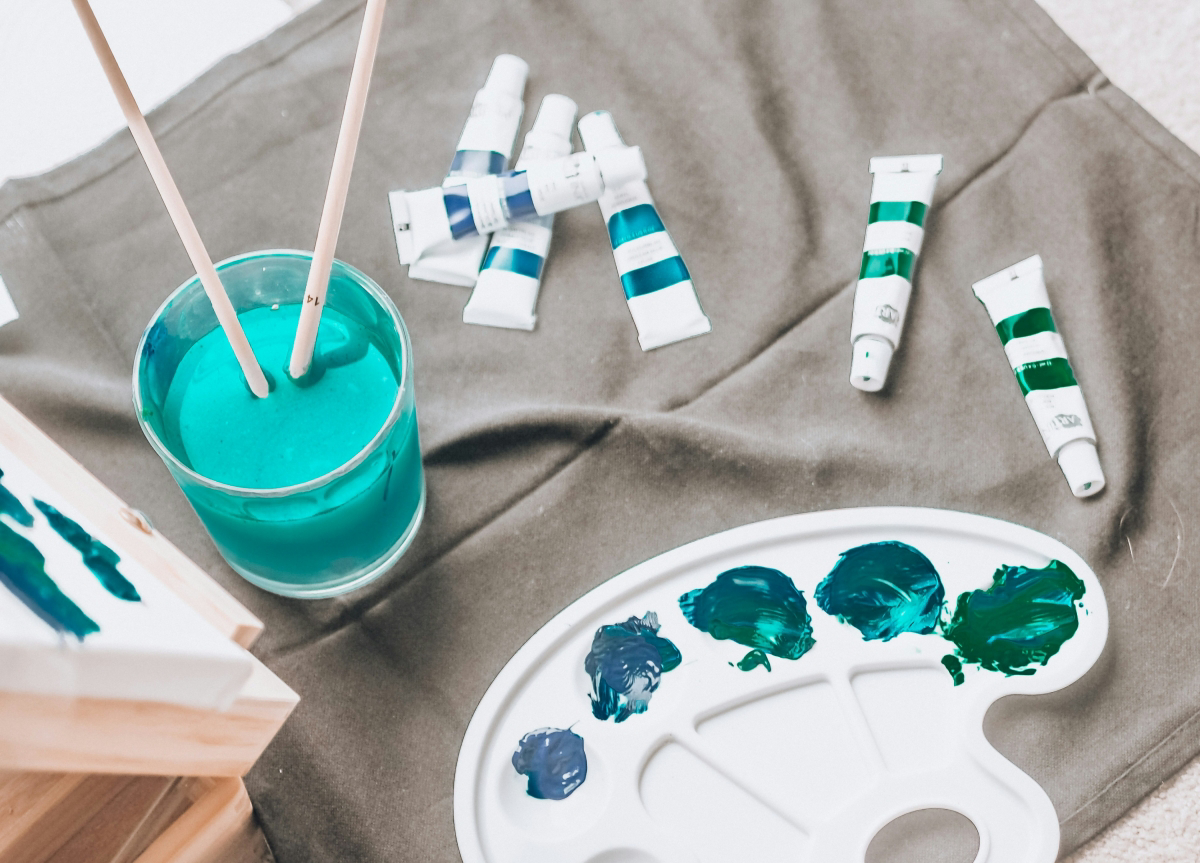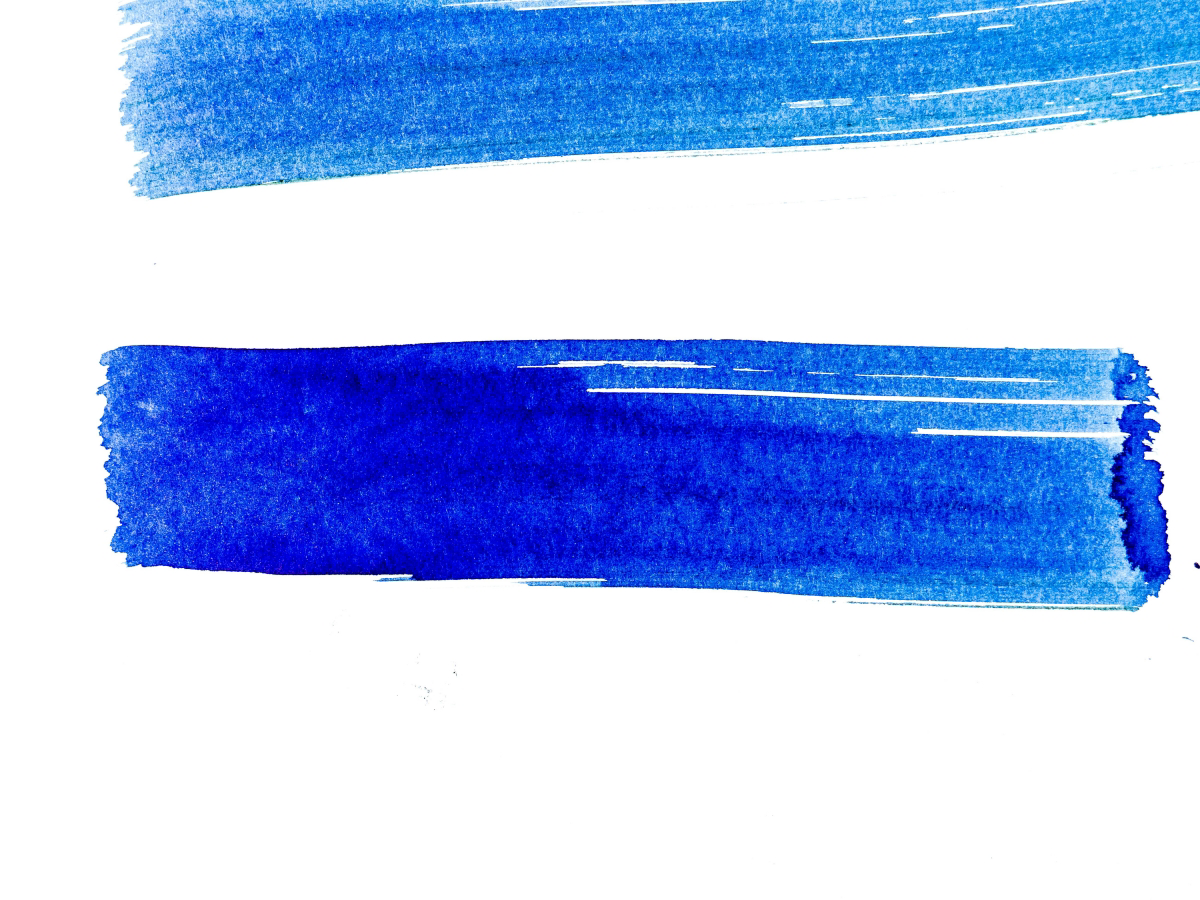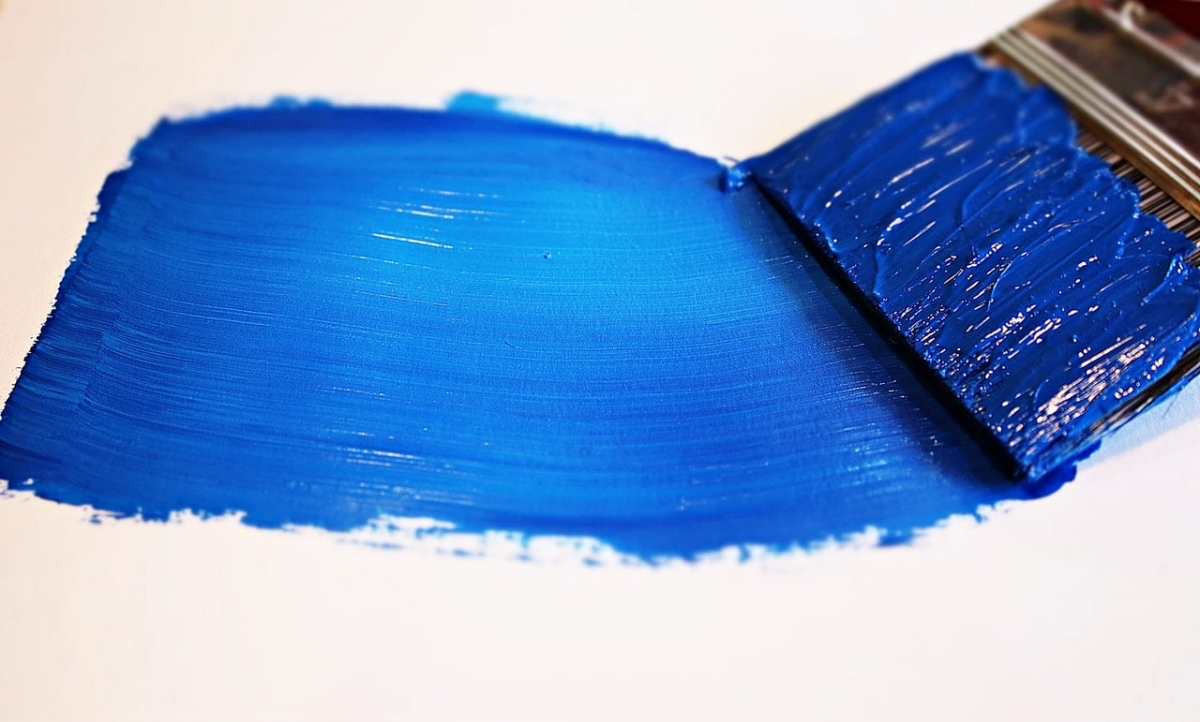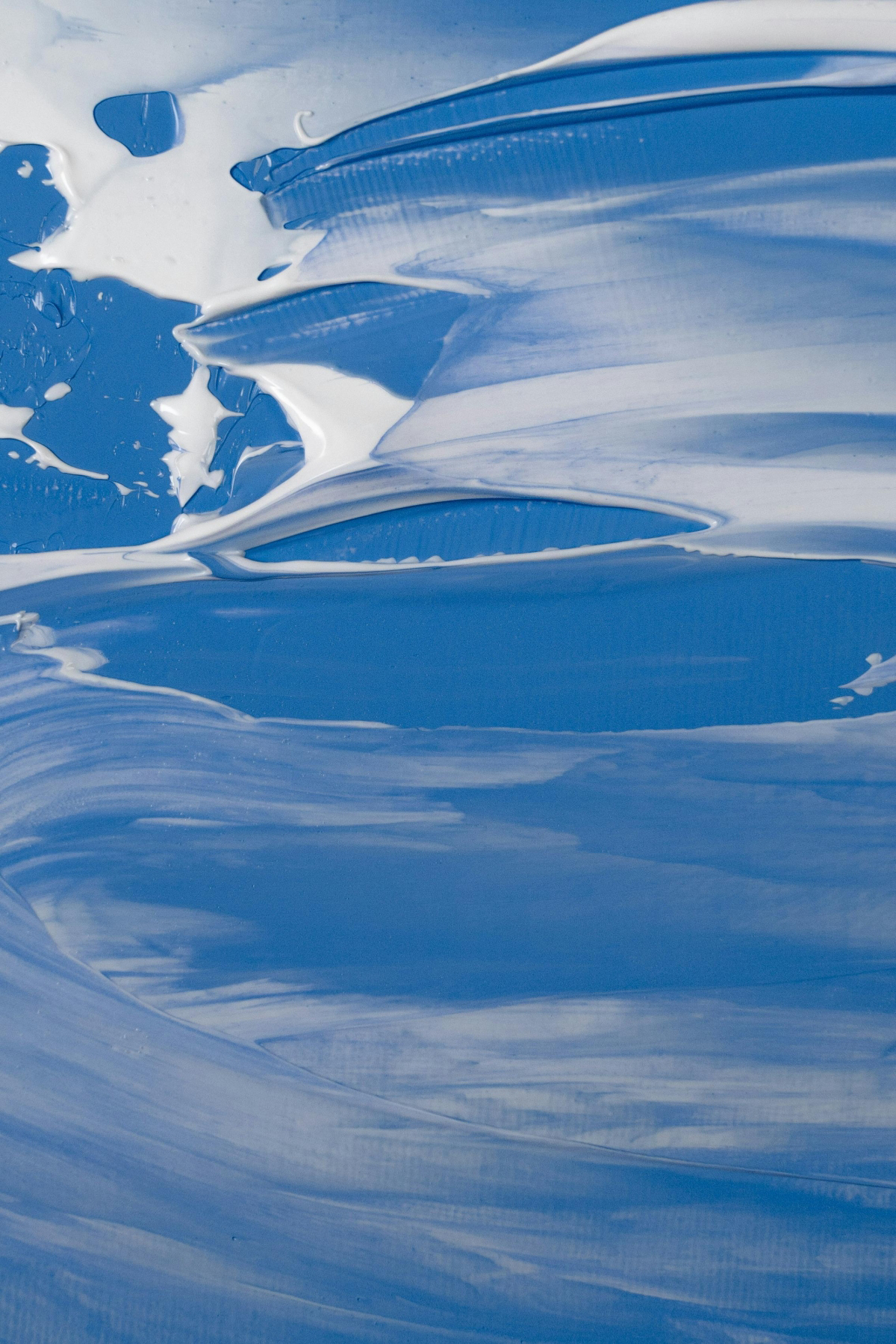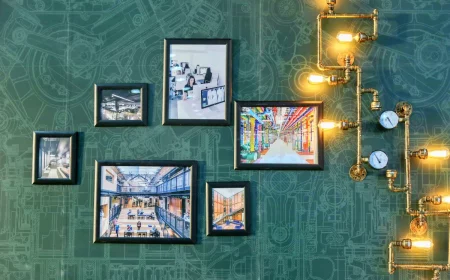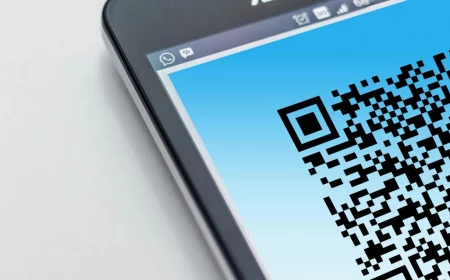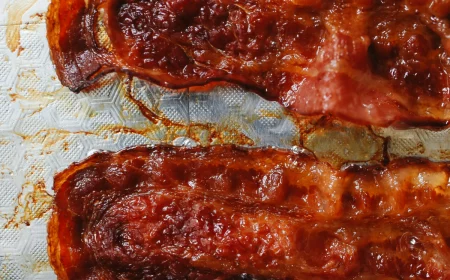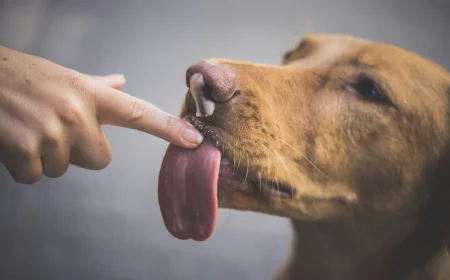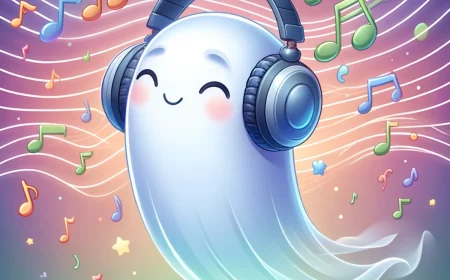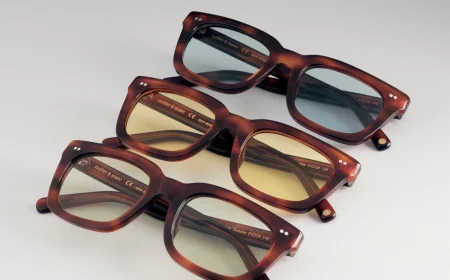What Colors Make Blue: The Art of Mixing & Using Blue in Design
Color is a language of its own, a powerful means of communication that influences our emotions, thoughts, and perceptions. Amid this vivid spectrum, there’s one hue that stands out as a universal favorite—blue. From the serene azure skies to the deep, mysterious ocean depths, blue surrounds us, captivating our senses and inspiring our creativity. In this chromatic journey, we’ll delve into the fascinating world of blue, exploring not just the basics of color theory but also the alchemy behind what colors make blue. Buckle up as we embark on a voyage through the art and science of this enchanting hue.
Let’s unlock the mysteries of creating and mixing the color blue
In this article
The Basics of Color Theory
Color, the silent storyteller of our world, weaves through every aspect of our lives. To understand the secrets of creating blue, we first embark on a captivating journey into the fundamental principles of color theory. Imagine a painter’s palette or the pixels on your digital canvas as a vibrant playground of possibilities. Every hue you encounter is born from the enchanting dance of primary colors—red, blue, and yellow, each accompanied by its delightful sidekicks—secondary colors like orange, green, and purple. This symphony of hues provides artists and designers with an exquisite array of shades to play with. But what role does blue, the color of oceans and endless skies, play in this vivid orchestra of colors? Let’s unravel the mysteries together.
Every hue you encounter is born from the enchanting dance of primary colors
What Colors Make Blue?
Now, let’s embark on a quest to demystify the enchanting alchemy of blue. Blue, in itself, holds a unique position as one of the primary colors, a foundational pillar in the world of color. This means blue is a color that stands on its own, an elemental hue that can’t be born from the fusion of other colors. It takes center stage as an essential building block in the color wheel’s intricate structure. However, as with all great stories, there’s more beneath the surface. To unlock the myriad shades of blue, you’ll need to introduce a cast of color wheel companions—secondary and tertiary colors. It’s here, in this world of chromatic possibilities, that the true magic of blue unfolds.
An elemental hue that can’t be born from the fusion of other colors
Intriguingly, the journey into what colors make blue will take us beyond primary hues and open the door to a realm where creativity knows no bounds. So, let’s venture forth into this chromatic tapestry, where the artistry of mixing colors creates a captivating symphony of blue shades that can breathe life into your artistic expressions and design aspirations.
What Does Blue Symbolize?
Blue is a color of profound symbolism, carrying a range of meanings and emotions that have transcended time and cultures. Its serene and versatile nature allows it to convey various messages and evoke diverse feelings. Here’s a glimpse into what blue symbolizes:
- Calm and Serenity: Blue is often associated with a sense of calm and tranquility. It can bring about feelings of peace and relaxation, making it a popular choice in interiors and decor.
- Trust and Reliability: Blue is frequently linked to trust and reliability. It’s the color of choice for many corporate logos and uniforms, symbolizing dependability and professionalism.
- Stability and Security: Blue represents stability and security. It gives a sense of structure and order, making it suitable for financial institutions and government buildings.
- Wisdom and Intelligence: Blue is associated with wisdom and intelligence. It’s often used to denote knowledge and expertise, especially in academic and professional settings.
- Confidence: Blue can evoke feelings of confidence and self-assurance. Wearing blue clothing or accessories can boost one’s sense of poise.
- Communication: Blue is a color of effective communication. It’s soothing and encourages open and honest dialogue.
- Sincerity and Loyalty: Blue represents sincerity and loyalty. It’s the color of enduring friendships and steadfast bonds.
- Depth and Stability: Darker shades of blue convey depth and stability. Navy blue, for example, is associated with strength and reliability.
Blue is often associated with a sense of calm and tranquility
Tools and Materials For Blue Mixing
Before we start concocting our blues, let’s gather our tools and materials. Whether you’re an aspiring artist with a canvas or a digital creator with a screen, here’s what you’ll need to get started:
- Paints: If you’re diving into the world of traditional art, you’ll require a set of acrylic or oil paints in primary colors (red, blue, and yellow) along with white.
- Palette: A mixing palette will be your artist’s battlefield, where colors collide and blend.
- Brushes: A selection of paintbrushes, from fine to broad, will help you create different textures and details.
- Canvas or Paper: Your artistic canvas, quite literally, where your masterpiece will come to life.
- Digital Tools: For digital artists, a graphics tablet and software like Adobe Photoshop will be your trusted companions.
These is everything you will need to mix your blue paint
How To Mix Blue Paint
For traditional artists, the process of mixing blue paint can be an exhilarating journey of experimentation. Imagine yourself standing before a canvas, palette in hand, ready to breathe life into your artistic vision. Here’s a simple recipe to whisk up various shades of blue:
- Sky Blue: Begin with a pristine canvas of white paint. Then, with a delicate touch, introduce a tiny hint of blue into your palette. Blend these two companions until they harmonize into the perfect sky-blue hue. Should you desire a lighter rendition, don’t hesitate to introduce more white into the dance.
- Cerulean Blue: Return to your trusted white paint. This time, invite a hint of green to join your artistic ensemble, followed by a dash of blue. Gradually, as your creative alchemy unfolds, you’ll behold the luminous beauty of cerulean blue.
- Navy Blue: Plunge into the depths of the ocean with the creation of navy blue. In this venture, combine the boldness of blue with the mysterious allure of black. As your brush swirls these two captivating colors, you’ll have the power to adjust the ratio, allowing you to control the profound darkness of your navy blue masterpiece.
- Turquoise: If you seek a refreshing and invigorating hue, the journey to turquoise begins by mingling blue with green. Balance is the key as you adjust the proportions of these two companions, striving to find that perfect equilibrium.
Mixing blue paint can be an exhilarating journey of experimentation
How To Mix Blue Digitally
Digital artists, fear not; you too can partake in the mesmerizing world of blue. The canvas may be virtual, but the creative possibilities are boundless. Here’s how to mix blue in the digital realm:
- RGB Values: In the realm of digital design, blue often materializes through the manipulation of RGB values, which represent the trio of primary colors—Red, Green, and Blue. By adjusting the intensity of blue within this spectrum, you gain the power to fine-tune the shade, painting your digital canvas with the hues of your imagination.
- Color Pickers: Software tools like Photoshop open a door to enchantment with their color pickers. These digital wizards allow you to pluck any hue from the spectrum effortlessly. With such tools at your fingertips, you become the maestro of blue, creating the exact shade your digital masterpiece demands.
As we’ve delved into the artistry of mixing blue, our creative journey leads us into the realm of design, where blue plays a vital role. However, before we immerse ourselves in the world of design, it’s essential to consider a few important facets of this captivating color.
This is how to mix blue in the digital realm
The Use of Blue in Design
Blue isn’t merely a color; it’s an emotion, a statement, and a design choice with the power to transform spaces, evoke feelings, and convey powerful messages. In the realm of design, the use of blue emerges as a dynamic and versatile tool, capable of playing various roles in diverse contexts.
The color blue is a a design choice with the power to transform spaces
Important Considerations About Blue
As we embrace the enchanting world of blue, it’s crucial to navigate its nuances when applying it to design. Here are some essential considerations:
- Mood and Atmosphere: Blue possesses the unique ability to evoke a broad spectrum of emotions. It can envelop a room in an aura of calm and serenity or impart a sense of chilliness and distance. The key lies in selecting the perfect shade to harmonize with your design’s intended mood.
- Cultural Significance: Blue holds cultural significance across the globe, symbolizing an array of meanings, from tranquility to trust. When working with blue in design, it’s essential to be mindful of these cultural connotations, ensuring your message aligns with the desired interpretation.
- Color Combinations: Blue, like a virtuoso in a symphony orchestra, harmonizes effortlessly with a diverse range of colors. It complements fiery oranges, dances alongside harmonious greens, and elegantly contrasts with pristine whites. Exploring these combinations allows you to orchestrate a masterpiece of design.
- Balance and Contrast: In the art of design, achieving the right balance and contrast is akin to conducting a symphony. Blue, as both a dominant and an accent color, can create visual symphonies that captivate the eye and enhance the overall impact of your composition.
Blue possesses the unique ability to evoke a broad spectrum of emotions
The Most Popular Blue Shades
Now that we’ve navigated the vast ocean of blue possibilities, let’s set our sights on some of the most cherished and revered blue shades that have indelibly marked the world of design:
- Sapphire Blue: Imagine a gemstone of unparalleled beauty, and you’ll glimpse the essence of sapphire blue. This shade radiates elegance and sophistication, gracing everything from exquisite jewelry to regal evening gowns and opulent interiors.
- Nautical Navy: Step aboard a timeless vessel and sail into the heart of classic design with nautical navy. This shade embodies the spirit of the open sea, adorning sailor uniforms, chic interiors, and iconic fashion pieces.
- Turquoise Tranquility: Transport yourself to the tranquil shores of a tropical paradise with the vibrant and refreshing hue of turquoise. It encapsulates the essence of serene waters and exotic escapes, adding an invigorating touch to any design.
- Royal Blue: Fit for monarchs and dignitaries, royal blue reigns supreme in the world of opulence and grandeur. It graces palaces, defines formal occasions, and leaves an indelible mark of regal sophistication.
- Denim Dreams: In the realm of fashion and interior design, denim blue stands as a casual yet endlessly versatile companion. It embodies the spirit of relaxed style, making it an enduring favorite for both wardrobes and interior spaces.
As we conclude our exploration of blue’s captivating realm, remember that the world of design is your canvas, and blue is your palette of boundless possibilities. Whether you choose to infuse your design with the tranquility of turquoise or the timeless elegance of sapphire, blue is your ally in crafting visual masterpieces that resonate with the heart and soul.
These are the most popular blue shades to experiment with
Conclusion
As we conclude our colorful journey through the realm of blue, it’s evident that this hue transcends the boundaries of mere pigment. Blue speaks to our emotions, resonates with our experiences, and inspires our creative endeavors. Whether you’re mixing blue on a canvas, in digital art, or infusing it into your designs, remember that blue isn’t just a color—it’s a story waiting to be told, a mood waiting to be set, and a world waiting to be explored. So, go ahead, embrace the blues, and paint your world with shades of serenity and inspiration.
Now you know how to use this dreamy color in all of your art projects!
